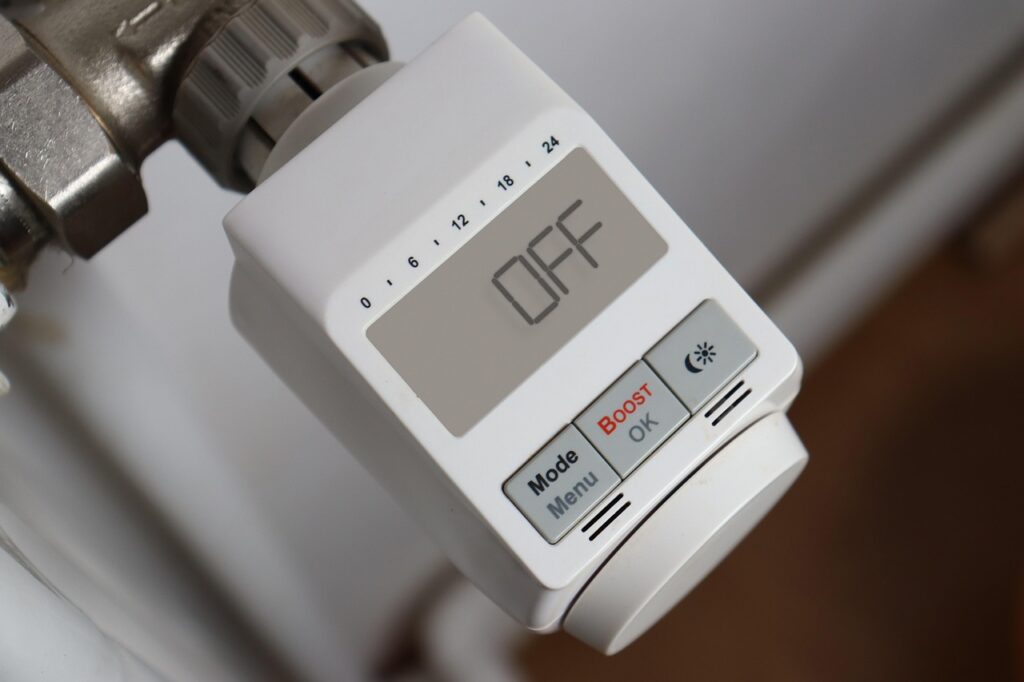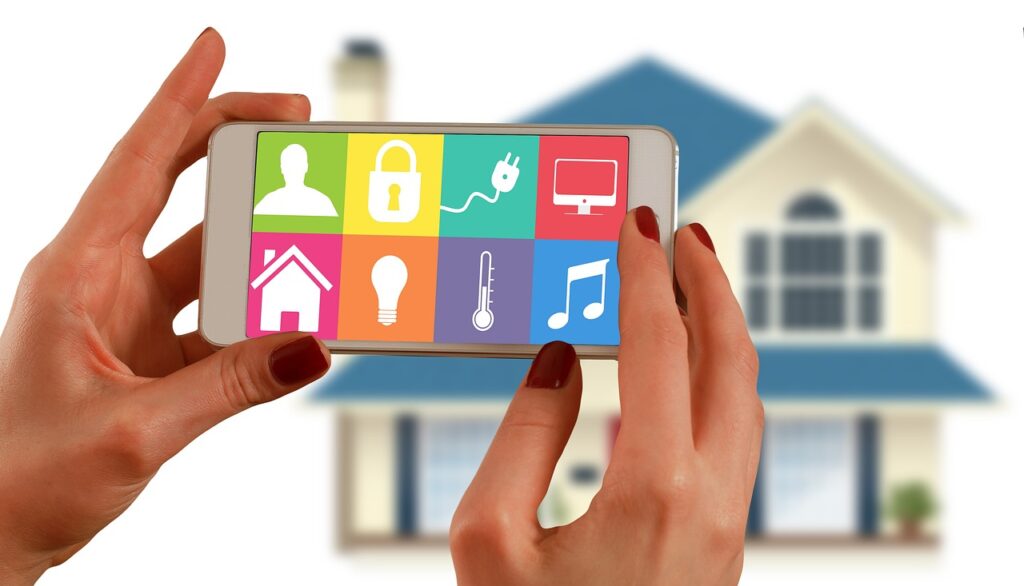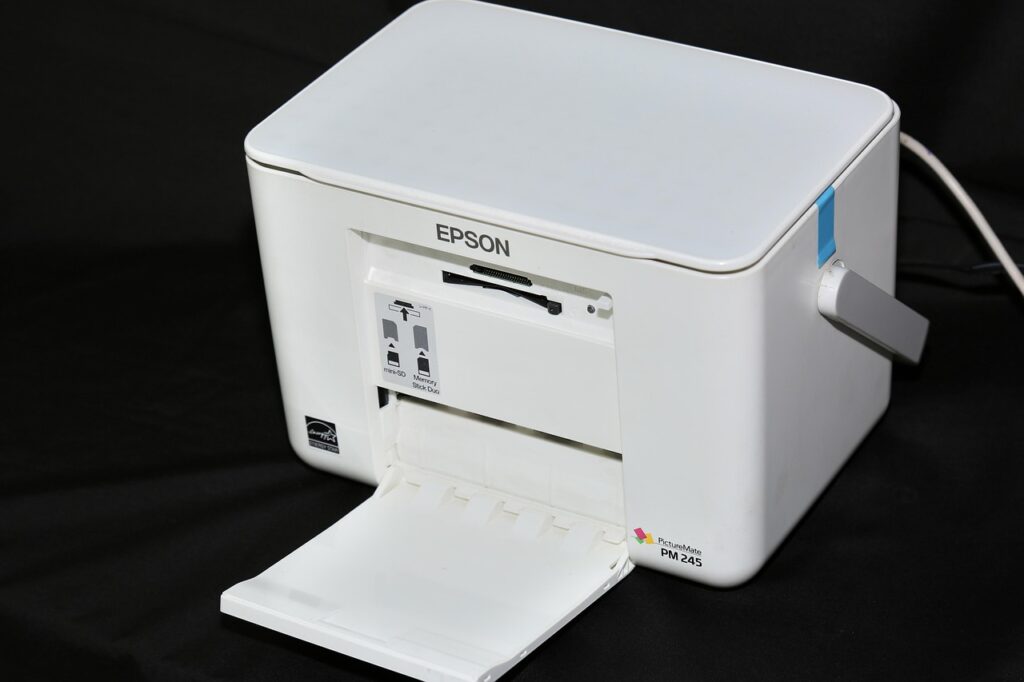
The world is buzzing with talk of automated lights, intelligent thermostats, and voice-activated assistants. Beyond the novelty, a critical question remains for homeowners in 2025: Are smart home devices a genuinely wise financial decision? This guide cuts through the hype to analyze the true return on investment, helping you determine if upgrading your home is the right move for your lifestyle and your wallet. The U.
S. smart home market is expected to reach 77. 1 million homes by 2025, driven by the growth of the Internet of Things (IoT) and the thriving property technology (proptech) market. This isn’t just a fleeting trend; it’s a profound shift in how we interact with our living spaces.
Smart devices are becoming more intuitive, adaptive, and integrated, offering homeowners unprecedented control, convenience, and efficiency. To ensure your hard-earned money is well spent and to avoid the common pitfalls that can turn a promising investment into a significant mistake, it’s crucial to approach smart home technology strategically. We’ve distilled the essential insights into 11 indispensable rules you must follow when considering smart home technology investments. These rules will guide you through making informed decisions and building a home that truly works for you, enhancing everything from daily convenience to long-term property value and security.
By staying informed and proactive, you can position your real estate investments for success in the rapidly changing housing market of the future. 1. **Understand the Real-World ROI** An investment in smart home technology pays dividends in three key areas: convenience, energy savings, and security. When viewed through this lens, the initial cost begins to make practical sense. It’s about more than just automation; it’s about upgrading your daily life in tangible ways that offer clear, measurable benefits.
An intelligent thermostat, like those from Nest or Ecobee, learns your heating and cooling preferences, adjusting automatically to save energy when you’re away. Likewise, smart plugs can prevent ‘phantom load’ from electronics on standby, which often drains power even when devices are turned off. These small adjustments, often unseen, can lead to significant reductions in your monthly utility bills, allowing the devices to effectively pay for themselves over time, potentially saving you up to 30% on utility costs. Finally, enhanced security offers invaluable peace of mind, a return on investment that is often considered priceless. Smart home devices like video doorbells, smart locks, and indoor/outdoor cameras give you a constant connection to your home, no matter where you are in the world. You can verify visitors, receive instant alerts for unexpected activity, and ensure your doors are locked with just a tap on your smartphone.
Read more about: Behind the Box Office: 12 Action Star Incidents from Blockbuster Sets That Were Mysteriously Forgotten
This level of control provides a profound sense of security for many homeowners, safeguarding both your property and your loved ones. 2. **Start Strategically and Manage Upfront Costs** While the benefits of smart home technology are compelling, a smart investment requires a clear-eyed look at the potential hurdles, with the primary consideration often being the upfront cost. However, it’s crucial to think of this not as a mere expense, but as a capital improvement that adds genuine value to your property. This shift in perspective can make the initial purchase price feel much more manageable and justifiable in the long run. Many users find it beneficial to start small, easing into the smart home ecosystem rather than overhauling everything at once.
This might mean beginning with a single device, such as a smart speaker to introduce voice control, or a few smart bulbs to enhance specific areas. This modular approach allows you to experiment, learn what works best for your home, and expand your system as your needs and budget evolve over time. The key is to identify the area of your life that could benefit most—be it security, lighting, or climate control—and begin there. By prioritizing the upgrades that offer you the most immediate and tangible value, you can ensure your initial investment is well-spent.
Read more about: The Hidden Costs: Unmasking the Real Reasons Your Electric Bill Exploded After Bringing Home an EV
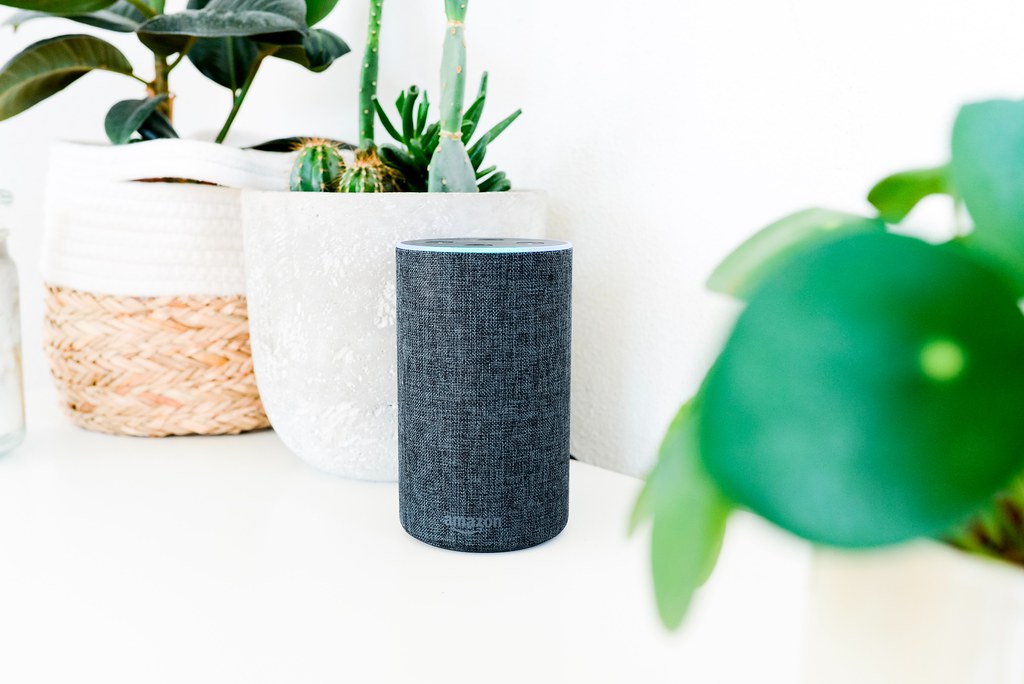
This strategic approach makes the overall investment more manageable and less intimidating, allowing you to build your smart home at a comfortable pace. Ultimately, this method helps to avoid the potential for buyer’s remorse and ensures that each addition genuinely enhances your living experience. 3. **Ensure Device Compatibility and Ecosystem Integration** A home filled with smart devices that don’t communicate with each other can create more frustration than convenience, undermining the very purpose of smart home technology. Device compatibility is paramount; without it, you risk ending up with a collection of isolated gadgets rather than a cohesive, intelligent system. The goal is to create a seamless experience where all your products work in harmony.
To achieve this, committing to a central ecosystem is highly recommended. Major platforms like Amazon Alexa, Google Home, or Apple HomeKit serve as the brain of your smart home, enabling different devices to speak the same language and interact effortlessly. By choosing one of these established ecosystems, you lay the groundwork for a truly integrated and effortless smart home experience. Before making any purchase, always check for compatibility with your chosen system.
Read more about: The TVs Everyone’s Obsessed With Right Now: A Vox Explainer for Your Next Big Screen Upgrade
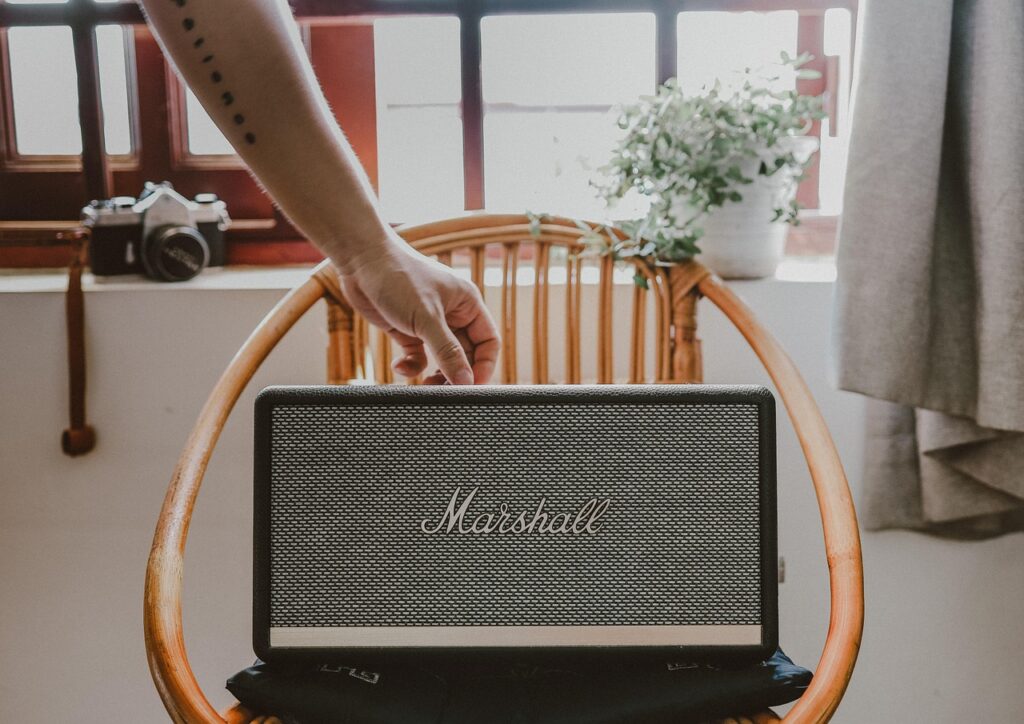
This crucial step prevents headaches down the line and ensures that every new device you bring into your home will seamlessly join your existing network. It allows for unified control through a single app or voice assistant, simplifying management and maximizing convenience. This foresight ensures that your smart home grows into a robust and reliable network, providing the effortless automation you initially envisioned. A compatible system means less troubleshooting and more enjoyment of your smart living space. 4. **Prioritize AI-Integrated Systems** Artificial intelligence (AI) is at the forefront of smart home innovation, driving systems that not only respond to commands but also adapt to user preferences and learn behavioral patterns over time.
These AI-integrated systems are transforming homes into personalized and adaptive living spaces that proactively anticipate your needs, offering a level of convenience and efficiency previously unimaginable. What AI brings to the table is truly revolutionary. It enables adaptive automation, where systems can analyze data from connected devices to automate complex tasks. This could mean adjusting lighting based on the time of day and your activity, managing climate controls to perfectly suit your comfort, or even setting up personalized entertainment schedules without any manual input from you. The intelligence extends to proactive decision-making.
These systems learn from your habits, understanding your routines and preferences over time. For example, an AI-driven thermostat might pre-cool or pre-heat your home before you arrive, based on your usual schedule and external weather conditions, ensuring comfort while optimizing energy use. They can also make suggestions or changes automatically to improve efficiency and comfort, becoming a truly intuitive assistant. Moreover, AI acts as the central hub for a smart home, significantly enhancing interconnectivity.
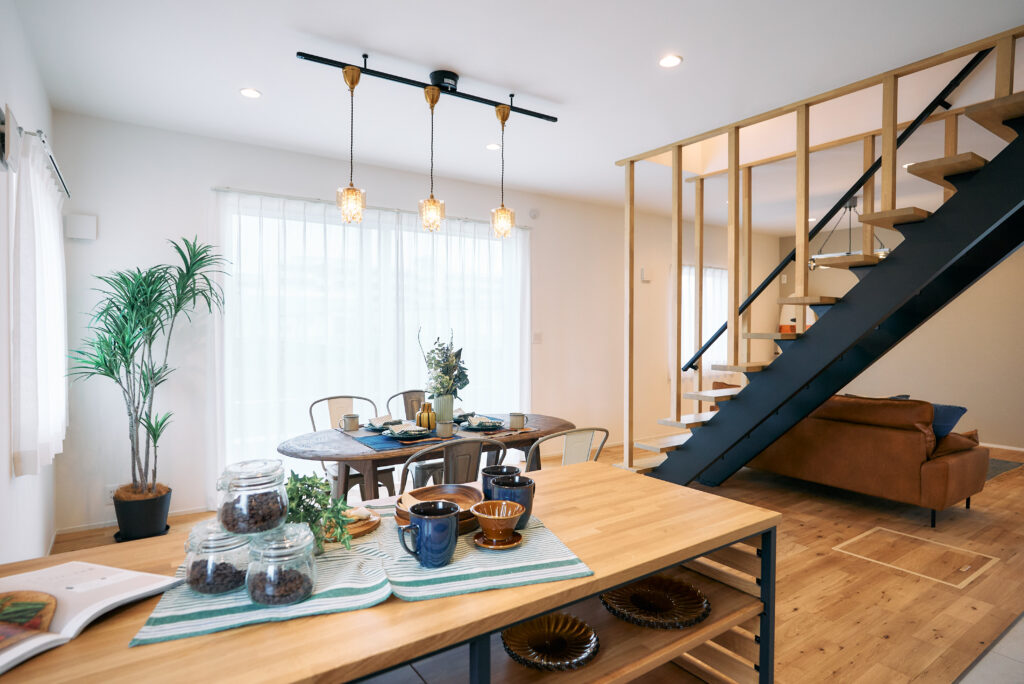
It connects multiple devices seamlessly, enabling them to work together more effectively and intelligently than ever before. This ensures that your entire smart home ecosystem functions as one unified, intelligent entity. Investing in AI-integrated systems is no longer a luxury; they are becoming essential for creating truly personalized and efficient living spaces. With major tech companies continually advancing their AI capabilities, these systems will only become more powerful and intuitive in the years ahead, making them a future-proof investment for any homeowner. 5. **Invest in Advanced Security Solutions** Home security has always been a top priority for homeowners, and 2025 brings a new level of sophistication to the field.
AI-driven security systems are transforming the way we protect our homes, moving beyond simple alarms to offer real-time threat analysis and proactive alerting capabilities that provide unparalleled peace of mind. Features of AI-powered security are truly impressive and highly effective. Cameras and sensors equipped with AI can differentiate between a potential threat, such as an intruder, and harmless activity, like a passing animal or a delivery driver. This intelligent discernment significantly reduces false alarms, ensuring that you are only alerted to genuine concerns, making your security system more reliable and less intrusive. These advanced systems provide proactive alerts, notifying homeowners instantly of suspicious activity.
These alerts often come complete with detailed footage and analysis, allowing you to quickly assess the situation and take appropriate action, whether that means contacting authorities or simply checking on your property remotely. This rapid response capability is a game-changer for home protection. Some cutting-edge systems now even utilize AI-powered facial recognition to identify regular visitors, like family members or trusted neighbors, and flag unfamiliar individuals. This adds an extra layer of personalized security, making your home’s defenses even more intelligent and responsive to who should and shouldn’t be on your property.
Investing in enhanced security not only provides invaluable peace of mind but can also lead to practical financial benefits, such as reducing insurance costs due to increased home safety. Furthermore, smart security solutions are a highly desirable feature for prospective buyers, which can increase the overall value of your home. With security breaches and privacy concerns on the rise, investing in cutting-edge security systems is a smart decision for any homeowner looking to protect their assets and loved ones.
Read more about: Unlock Up To 25% Off Your Car Insurance: The Essential Guide to Anti-Theft Devices That Slash Your Premiums
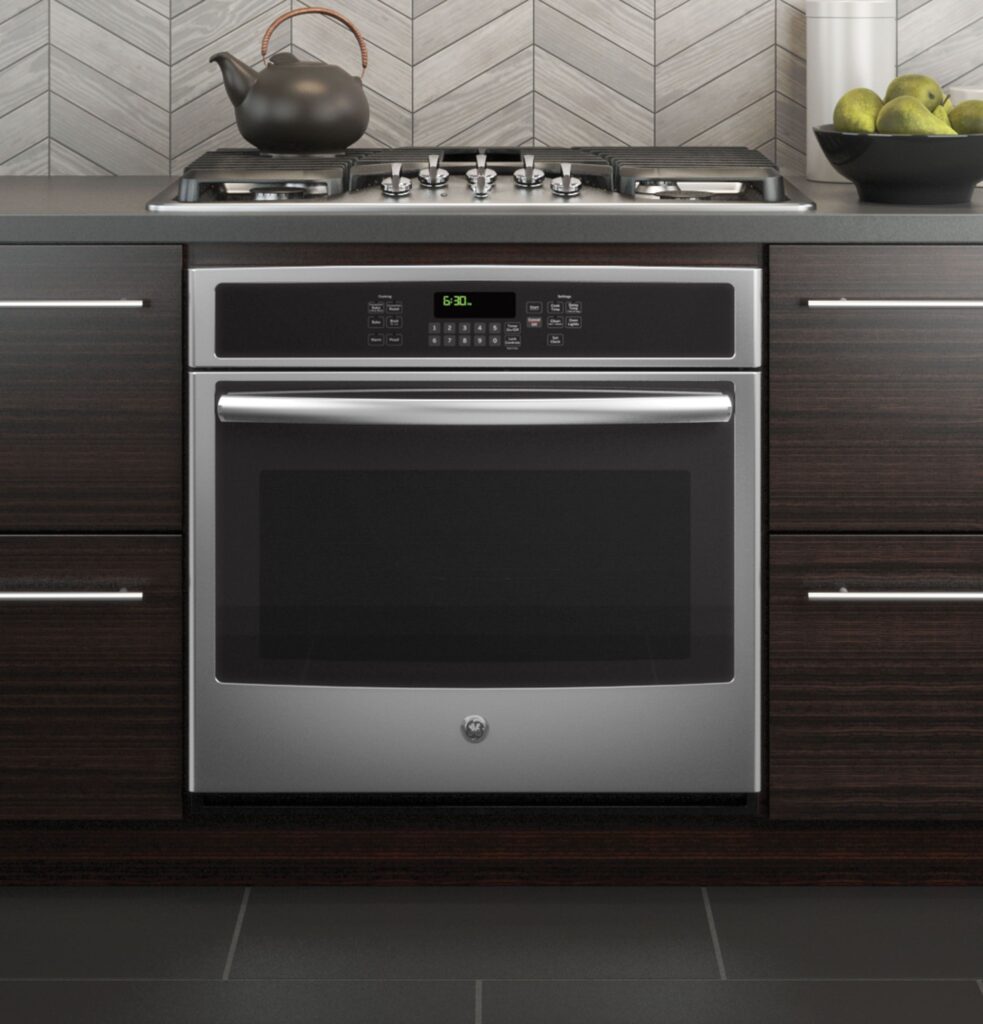
6. **Optimize with Energy Management Devices**Energy management remains a cornerstone of smart home technology, offering tangible benefits that directly impact your wallet and the environment. In 2025, devices like smart thermostats and energy-efficient appliances are becoming more advanced than ever, providing homeowners with even greater savings and promoting sustainability within their living spaces. These intelligent solutions are designed to optimize efficiency without sacrificing comfort.
The latest generation of energy management devices comes packed with innovative features. New smart thermostats, for instance, utilize learning algorithms that can adapt to your personal schedule and detect occupancy, optimizing heating and cooling cycles with remarkable precision. This proactive approach ensures your home is comfortable when you need it to be, while significantly reducing wasted energy during periods of inactivity.
Furthermore, these devices offer invaluable energy insights, providing detailed reports on your usage. This data empowers homeowners to identify specific areas where consumption can be reduced, making informed decisions that lead to even greater savings. Many systems also include “eco modes” that automatically adjust settings to minimize energy consumption during peak hours, aligning with both environmental goals and budget-conscious living.
Investing in smart energy management devices delivers immediate and long-term financial benefits, especially as energy costs continue their upward trend. They effectively pay for themselves over time, with smart home devices helping users save up to 30% on utility bills. Beyond the financial returns, these solutions contribute to a greener home, making them a highly attractive and responsible option for eco-conscious homeowners who prioritize both efficiency and environmental impact. Such devices are also highly desired by renters, with 70% stating they won’t rent a unit without a smart thermostat.
Read more about: 14 Wild Ways Cycling Is More Than Just a Ride (Plus, How You Can Join the Fun!)
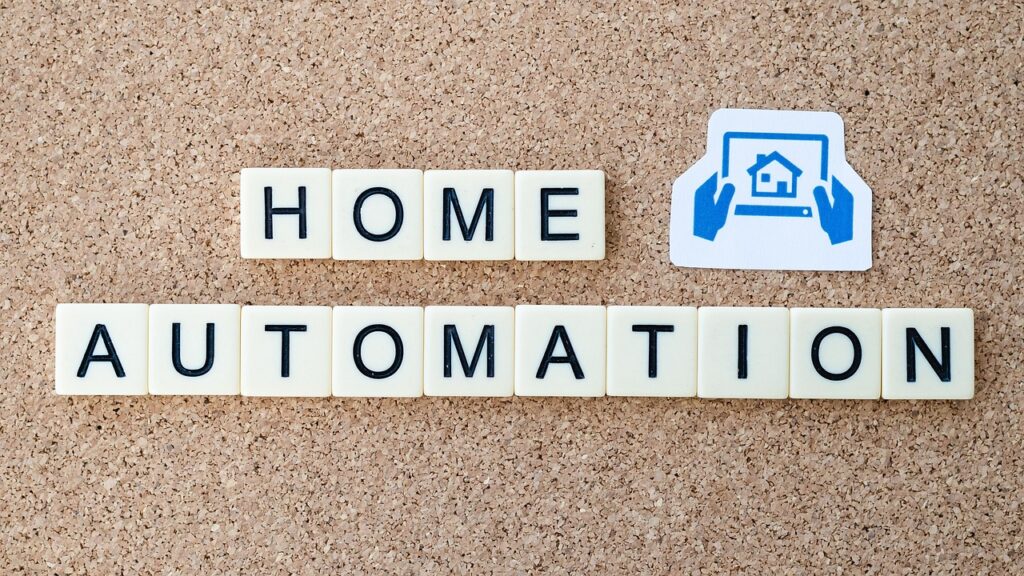
7. **Modernize with Smart Lighting Systems**Lighting is an essential, yet often overlooked, component of any home, significantly influencing both ambiance and functionality. In 2025, smart lighting systems are completely redefining how we illuminate our living spaces, offering unparalleled customization and impressive energy efficiency. These modern setups go far beyond simple on-off switches, transforming everyday illumination into an integrated and dynamic experience.
A key feature of advanced smart lighting is its dynamic adjustment capabilities. These sophisticated setups can change hue and brightness based on the time of day, your mood, or specific activities. Imagine lights automatically dimming in the evening to promote relaxation, or shifting to a bright, cool white for focused work. This adaptability creates a personalized environment, enhancing comfort and productivity throughout your home.
Beyond mere ambiance, many smart lighting systems offer engaging media syncing. This innovative feature allows your lights to synchronize with your TV or music, creating immersive entertainment experiences that elevate movie nights or parties to a new level. The visual synergy between your media and your lighting system adds a captivating dimension to your home entertainment.
Crucially, modern smart lighting systems are designed with energy efficiency at their core. By utilizing long-lasting LEDs and automated scheduling, they minimize electricity use without compromising on functionality or aesthetic appeal. This blend of cutting-edge technology and cost-saving operation makes smart lighting one of the easiest and most impactful ways to modernize your home while simultaneously cutting energy costs, adding a touch that truly impresses.
Read more about: The Hidden Costs: Unmasking the Real Reasons Your Electric Bill Exploded After Bringing Home an EV

8. **Address Data Privacy and Security Concerns**As smart home technology becomes increasingly integrated into our daily lives, a crucial consideration for any homeowner is the inherent data privacy and security concerns that accompany these connected systems. These advanced devices collect and store sensitive personal information, making it absolutely essential to ensure a secure and compliant solution to mitigate potential risks and safeguard your digital footprint within your own home.
One significant risk associated with AI smart home devices is the potential for cyberattacks and unauthorized access. While features like opening your garage remotely offer incredible convenience, they can quickly turn into a nightmare if a hacker gains control over your smart devices. Protecting your home from virtual intruders is as vital as physical security, preventing malicious actors from compromising your property or personal data.
Recognizing these vulnerabilities, tech companies offering smart home devices are investing heavily in robust cybersecurity services. Cybersecurity software plays a critical role in keeping intruders out of your database and ensuring that AI smart home devices function precisely as intended, maintaining their integrity and reliability. This reliance translates into recurring revenue for cybersecurity firms, highlighting the ongoing importance of strong digital defenses.
In 2025, smart home device manufacturers are placing a heightened focus on user privacy, incorporating advanced encryption and data protection measures into their products. With increased connectivity comes an intensified need for better security protocols, and these enhancements are designed to safeguard your information and maintain your trust. Prioritizing data privacy and security is not just about compliance; it’s about protecting your loved ones and your digital life in an increasingly connected world.
Read more about: Is It True? The Wild Rumor About Beyoncé and a Stolen Master Recording: An Unpacking of the Atlanta Theft

9. **Assess Your Specific Needs First**Embarking on the journey of smart home investment can feel overwhelming given the vast array of available technologies. However, a critical first step, and indeed a rule you must follow, is to thoroughly assess your specific needs and personal priorities. Whether smart home technology is a truly wise investment ultimately depends on what you value most in your living space and how these devices can directly enhance your daily life.
It’s tempting to try and automate every aspect of your home at once, but a more strategic approach is to identify the areas that could benefit most from smart integration. Do you prioritize convenience above all else, seeking to streamline routine tasks and free up precious time? Or perhaps reducing energy costs is your primary motivator, driven by a desire for greater financial efficiency and environmental responsibility?
Consider where you desire greater peace of mind; is it enhanced property security, ensuring the safety of your home and loved ones? By pinpointing these key areas, you can make targeted investments that deliver the most immediate and tangible value, rather than accumulating gadgets that may offer little practical benefit for your unique lifestyle. This focused strategy ensures your hard-earned money is well spent.
Therefore, start with devices that will make the biggest, most positive impact on your daily life. This might be a smart thermostat to achieve significant energy savings, or a comprehensive security system to provide invaluable peace of mind. By tailoring your smart home investments to your individual priorities, you ensure that each addition genuinely enhances your living experience and contributes meaningfully to your vision of a smarter, more efficient home.
Read more about: Unraveling the Magic: The Most Unbelievable Plot Holes in Classic Disney Films That Still Bother Us
10. **Focus on Interoperability for a Cohesive System**The true power of a smart home lies not in a collection of individual gadgets, but in a cohesive, intelligent system where all devices communicate and work in harmony. A fundamental rule for successful smart home investment is to focus intently on interoperability, ensuring that your chosen devices can seamlessly interact with each other. Without this critical compatibility, you risk creating more frustration than convenience, undermining the very purpose of smart home technology.
To achieve this essential harmony, committing to a central ecosystem is highly recommended. Major platforms such as Amazon Alexa, Google Home, or Apple HomeKit act as the central brain of your smart home. They provide a unified language and framework, enabling devices from various manufacturers to speak to each other and interact effortlessly. By choosing one of these established ecosystems, you lay the groundwork for a truly integrated and intuitive smart home experience, preventing a disjointed collection of isolated products.
Before making any smart home purchase, it is absolutely crucial to check for compatibility with your chosen system. This diligent step prevents future headaches and ensures that every new device you introduce to your home will seamlessly join your existing network. It allows for unified control through a single app or voice assistant, significantly simplifying management and maximizing the convenience and efficiency you expect from a smart home.
The good news for homeowners in 2025 is that manufacturers are increasingly prioritizing interoperability. The days of widespread device compatibility issues are fading, as the industry moves towards ensuring that products from different brands can work together effortlessly. This crucial shift makes it significantly easier for homeowners to build robust, cohesive smart home ecosystems, delivering the effortless automation and integrated control that transforms a house into a truly smart home.
Read more about: Beyond the Beijing Red Carpet: Unpacking the Complexities and Cracks in the Xi-Putin-Kim Show of Unity
11. **Think Long-Term and Future-Proof Your Investment**When investing in smart home technology, it’s essential to adopt a long-term perspective and actively work to future-proof your investment. The technology landscape is constantly evolving, with innovations emerging at a rapid pace. By making strategic choices today, you can ensure your smart home system remains modern, adaptable, and valuable for years to come, avoiding the dreaded obsolescence that can plague tech investments.
A key aspect of future-proofing is selecting devices designed to grow with your needs. This means looking for products that offer consistent software updates, ensuring they can adapt to new functionalities, enhance security, and remain compatible with evolving standards and platforms. Investing in robust smart home systems that are built on open standards or widely adopted ecosystems will give you greater flexibility as new technologies emerge.
As artificial intelligence capabilities continue to advance, AI-integrated systems are becoming foundational for truly personalized and efficient living spaces. These systems are inherently designed to learn, adapt, and evolve, making them a future-proof investment by their very nature. Major tech companies are continually pushing the boundaries of AI, ensuring that these intelligent hubs will only become more powerful and intuitive, continuing to offer cutting-edge performance for years to come.
Ultimately, by staying informed about emerging trends and being proactive in your adoption of smart home technology, you are positioning your real estate investments for success in the rapidly changing housing market of the future. The goal is to create a smart home that doesn’t just meet your current needs but is also prepared for future advancements, delivering lasting value, sustained convenience, and a truly modern living experience for decades to come.
**Concluding Paragraph**
Read more about: A Deep Dive: The Luxury Vehicles That Lose Value Fastest and Why Owners Are Furious
The smart home technology market is undeniably entering an exciting phase of growth and profound innovation in 2025. As we’ve explored, from intelligent AI-powered systems that anticipate your needs to advanced security solutions that offer unparalleled peace of mind, and energy-efficient devices that deliver significant savings, the opportunities to enhance your home are truly endless. Whether your primary goal is to save money on utilities, enjoy greater convenience in your daily life, or boost your property’s value, smart technology provides practical, tailored solutions. By staying informed about the latest trends, prioritizing your specific needs, and making strategic investments in interoperable and future-proof systems, you can confidently create a home that is not only smarter, but also more sustainable, secure, and perfectly adapted for the future of living. Embrace 2025 as the year you truly step into the future of home automation.

